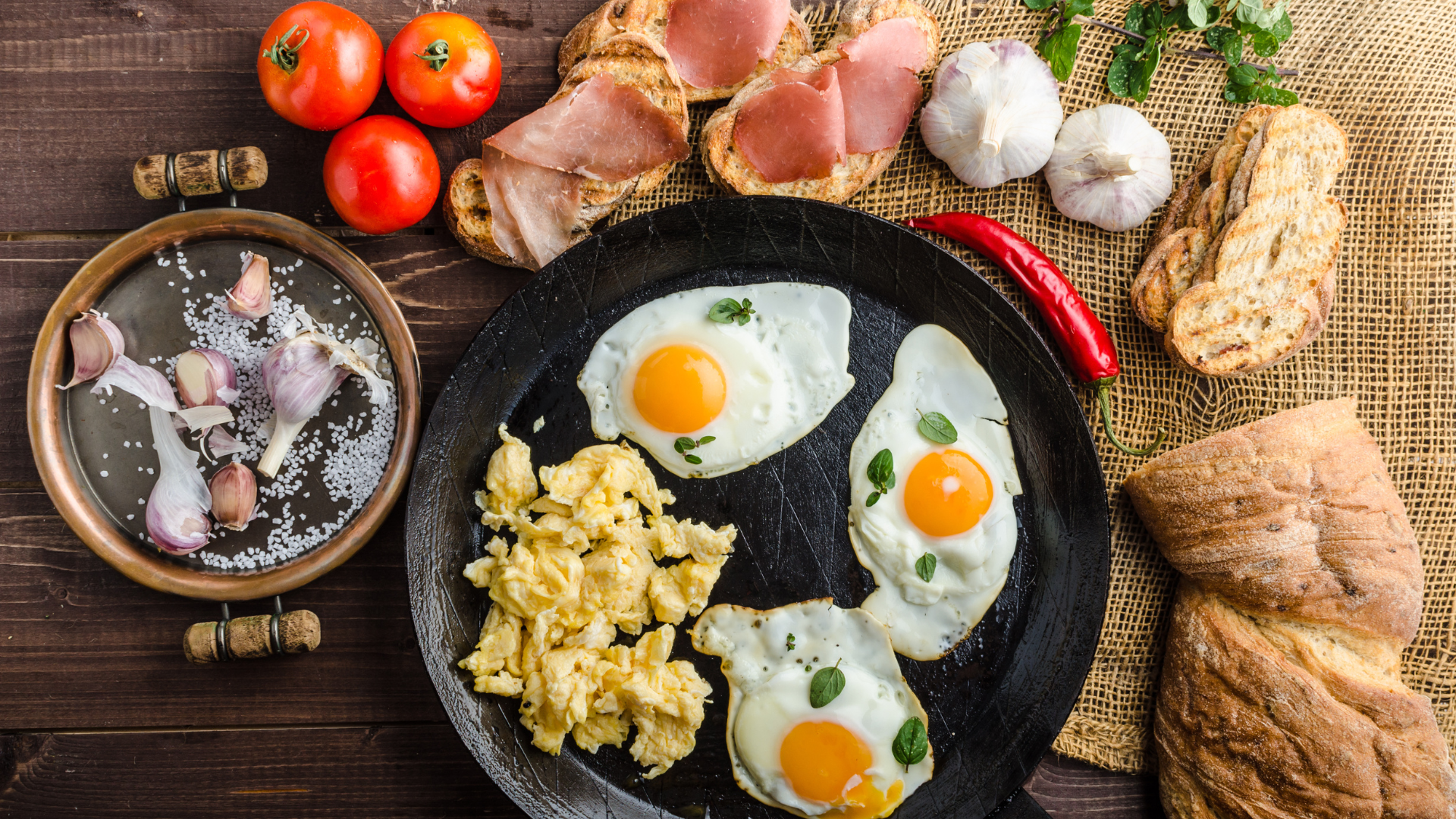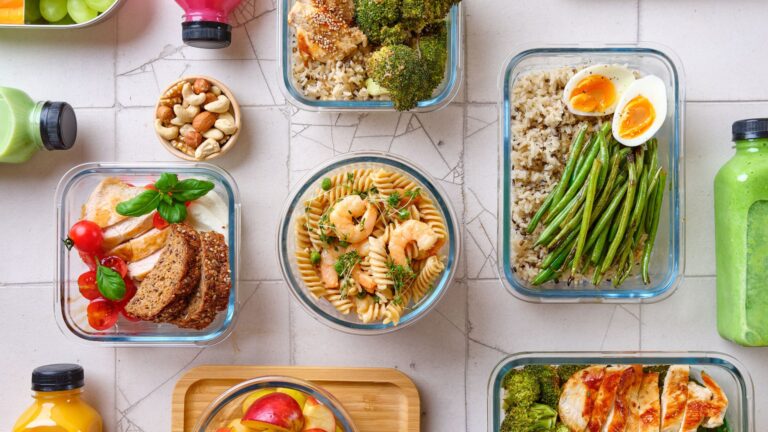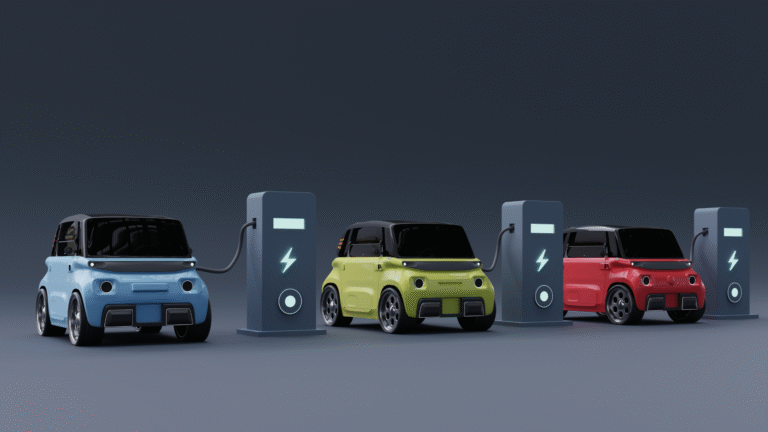Finding the right high-protein snacks can transform your energy levels, support your fitness goals, and help you avoid those afternoon hunger pangs that derail healthy eating plans. Whether you’re looking to lose weight, build muscle, or simply maintain steady energy throughout the day, incorporating protein-rich snacks into your routine is a game-changer.
Protein stands out among macronutrients for its superior satiety factor. Unlike carbohydrates that can cause blood sugar spikes and crashes, protein provides sustained energy and helps regulate hunger hormones. This makes healthy high-protein snacks essential for anyone serious about maintaining a balanced diet and achieving their wellness goals.

Why High-Protein Snacks Matter for Sustained Energy
The science behind protein’s staying power lies in its complex molecular structure. Your body requires more energy to digest protein compared to carbohydrates or fats, a process called the thermic effect of food. This not only burns more calories during digestion but also helps you feel fuller for extended periods.
High-protein snacks for weight loss work particularly well because they help maintain muscle mass while creating a caloric deficit. When you’re trying to lose weight, preserving lean muscle tissue is crucial for maintaining a healthy metabolism. Protein provides the building blocks your muscles need while keeping you satisfied between meals.
For those focused on fitness, high-protein snacks for muscle gain support recovery and growth after workouts. The amino acids in protein serve as the raw materials for muscle repair and development, making strategic snacking an important part of any training regimen.
The 7 Best High-Protein Snacks for Long-Lasting Fullness
1. Greek Yogurt with Nuts and Seeds
Greek yogurt delivers approximately 15-20 grams of protein per serving, making it an excellent foundation for easy high-protein snacks. The thick, creamy texture comes from straining out excess whey, concentrating both protein and probiotics that support digestive health.
Add a handful of almonds, walnuts, or pumpkin seeds to boost the protein content even further while introducing healthy fats that enhance satiety. This combination provides sustained energy for 3-4 hours, making it perfect for high-protein snacks for work or busy afternoons.
The versatility of Greek yogurt makes it suitable for both sweet and savory preparations. Mix in fresh berries for natural sweetness, or add herbs and cucumber for a Mediterranean-inspired treat.
2. Hard-Boiled Eggs with Hummus
Few foods match the complete protein profile of eggs, containing all nine essential amino acids your body cannot produce on its own. Two hard-boiled eggs provide about 12 grams of high-quality protein, while a serving of hummus adds another 4-6 grams plus fiber from chickpeas.
This combination creates one of the most effective high-protein, low-carb snacks available. The healthy fats in both eggs and hummus slow digestion, extending the feeling of fullness and preventing energy crashes.
Prepare several hard-boiled eggs at the beginning of the week for convenient high-protein snacks on the go. The portability and shelf stability make this option ideal for travel, office snacking, or post-workout fuel.
3. Cottage Cheese with Fresh Vegetables
Cottage cheese often gets overlooked, but it packs an impressive 14 grams of protein per half-cup serving. The casein protein in cottage cheese digests slowly, providing a steady release of amino acids over several hours.
Pair cottage cheese with crunchy vegetables like bell peppers, cherry tomatoes, or cucumber slices for added fiber and nutrients. This combination creates satisfying, low-calorie, high-protein snacks that support weight management goals without sacrificing taste or nutrition.
For variety, try cottage cheese with sliced avocado and a sprinkle of everything seasoning, or mix it with fresh herbs for a creamy, protein-rich dip.
4. Turkey and Cheese Roll-Ups
Lean deli turkey provides approximately 3-4 grams of protein per slice, while cheese adds another 6-8 grams. Rolling these together creates convenient high-protein snacks for energy that require no cooking or preparation time.
Choose nitrate-free turkey and natural cheeses to avoid unnecessary additives. Add lettuce, spinach, or thin cucumber slices for extra nutrients and crunch without significantly increasing calories.
These roll-ups travel well and can be prepared in advance, making them excellent options for busy professionals who need reliable, high-protein snacks for work.
5. Roasted Chickpeas
For those seeking vegetarian high-protein snacks, roasted chickpeas deliver approximately 6 grams of protein per half-cup serving. They also provide fiber, complex carbohydrates, and various vitamins and minerals that support overall health.
Season roasted chickpeas with spices like paprika, cumin, or nutritional yeast for added flavor without excess calories. The crunchy texture satisfies the desire for crispy snacks while providing sustained energy and fullness.
Make large batches and store them in airtight containers for quick access throughout the week. This preparation method ensures you always have healthy, high-protein snacks available when hunger strikes.
6. Protein-Packed Trail Mix
Create custom trail mixes using nuts, seeds, and a small amount of dried fruit for balanced nutrition. Almonds, pistachios, and pumpkin seeds provide substantial protein while healthy fats enhance absorption of fat-soluble vitamins.
Limit dried fruit to maintain the high-protein, lower-carb profile that supports sustained energy. A quarter-cup serving of mixed nuts and seeds typically provides 6-8 grams of protein plus beneficial omega-3 fatty acids.
Portion individual servings into small containers to avoid overeating, as nuts are calorie-dense. This preparation strategy helps maintain portion control while ensuring convenient access to nutritious snacks.
7. Edamame
These young soybeans offer one of the highest protein contents among plant-based foods, providing about 8 grams of protein per half-cup serving. Edamame also contains all essential amino acids, making it a complete protein source comparable to animal products.
Steam fresh or frozen edamame and season with sea salt or garlic powder for simple, satisfying vegetarian high-protein snacks. The fiber content enhances satiety while supporting digestive health and blood sugar stability.
Keep bags of frozen edamame in your freezer for quick preparation when you need immediate access to high-protein snacks for energy between meals or after workouts.
Common Challenges and Solutions
While incorporating more protein-rich snacks offers numerous benefits, some people face obstacles that can hinder success. Understanding these challenges helps develop strategies for consistent implementation.
Preparation Time: Many people struggle with the time required to prepare healthy snacks. Solution: Dedicate one day per week to batch preparation, washing vegetables, cooking eggs, and portioning nuts or seeds.
Cost Concerns: High-quality protein sources can be more expensive than processed snacks. Solution: Buy in bulk, choose seasonal produce, and focus on affordable options like eggs, canned beans, and plain Greek yogurt.
Texture Preferences: Some individuals dislike the texture of certain protein-rich foods. Solution: Experiment with different preparation methods, seasonings, and combinations until you find appealing options.
Digestive Issues: Sudden increases in protein intake can cause digestive discomfort for some people. Solution: Gradually increase protein consumption and ensure adequate water intake to support digestion.
Maximizing the Benefits of High-Protein Snacking
Timing plays a crucial role in optimizing the benefits of protein-rich snacks. Consuming protein between meals helps maintain stable blood sugar levels and prevents the extreme hunger that often leads to overeating at mealtimes.
For those using high-protein snacks for muscle gain, consuming protein within 30-60 minutes after exercise maximizes muscle protein synthesis. This timing strategy supports recovery and adaptation to training stimuli.
Consider your individual protein needs based on activity level, age, and health goals. Active individuals typically require more protein than sedentary people, while older adults may need increased protein intake to maintain muscle mass.
Combining protein with small amounts of healthy fats or fiber-rich carbohydrates enhances satiety and provides more sustained energy than protein alone. This strategy creates more balanced nutrition while maximizing the fullness factor.
Building Sustainable High-Protein Snacking Habits
Creating lasting changes in your snacking routine requires thoughtful planning and realistic expectations. Start by identifying your hunger patterns throughout the day. Most people experience energy dips in mid-afternoon and late evening, making these prime times for strategic high-protein snacks for energy.
Keep a variety of options available to prevent boredom and ensure you always have appropriate choices when cravings strike. Stock your pantry with shelf-stable options like nuts, seeds, and canned beans, while keeping fresh items like Greek yogurt and hard-boiled eggs readily available in your refrigerator.
The key to success lies in preparation and consistency. When you have easy, high-protein snacks prepared in advance, you’re less likely to reach for processed alternatives that provide quick energy but leave you hungry again within an hour.
Remember that developing new habits takes time. Focus on adding one or two new high-protein snacks to your routine each week rather than attempting a complete overhaul overnight. This gradual approach increases your chances of long-term success and helps your taste preferences adapt naturally to more nutritious options.
Customizing High-Protein Snacks for Different Lifestyles
Your lifestyle and daily schedule significantly impact which high-protein snacks work best for your needs. Understanding these variations helps you choose options that fit seamlessly into your routine while supporting your health goals.
For Busy Professionals: Office workers benefit from high-protein snacks for work that require minimal preparation and can be eaten discreetly at a desk. Pre-portioned nuts, protein-rich granola bars made with natural ingredients, or individual Greek yogurt containers work exceptionally well. Keep a small cooler bag at your desk stocked with perishable options to avoid relying on vending machine alternatives.
For Active Individuals: Athletes and fitness enthusiasts need high-protein snacks on the go that support recovery and sustained energy. Portable options like protein smoothies in shaker bottles, jerky made from grass-fed sources, or homemade energy balls combining nuts, seeds, and minimal natural sweeteners provide convenient fuel for training sessions.
For Budget-Conscious Consumers: Cost-effective, healthy, high-protein snacks don’t have to compromise on nutrition. Dried beans and lentils can be cooked in large batches and seasoned for variety. Canned fish like sardines or salmon provide excellent protein value, while eggs remain one of the most affordable complete protein sources available.
For Families with Children: Kid-friendly versions of adult high-protein snacks help establish healthy eating patterns early. Mini cheese cubes paired with whole grain crackers, homemade trail mix with less salt, or smoothies blended with spinach and fruit appeal to younger palates while delivering essential nutrients for growing bodies.
What makes protein more filling than other macronutrients?
Protein triggers the release of satiety hormones like GLP-1 and reduces levels of ghrelin, the hunger hormone. Additionally, protein has a higher thermic effect, meaning your body burns more calories digesting it compared to carbohydrates or fats. This combination of hormonal responses and increased energy expenditure contributes to prolonged feelings of fullness.
How much protein should I aim for in a snack?
Most nutrition experts recommend 15-20 grams of protein per snack for optimal satiety and muscle protein synthesis. This amount provides enough amino acids to trigger beneficial metabolic responses while being realistic to achieve with whole food sources. However, individual needs may vary based on body weight, activity level, and overall dietary patterns.
Can I eat too much protein from snacks?
While protein is generally safe for healthy individuals, excessive intake can strain the kidneys and may lead to digestive issues. Focus on meeting your daily protein needs through a combination of meals and snacks rather than relying heavily on snacking alone. A balanced approach typically works best for long-term health and sustainability.
Are plant-based high-protein snacks as effective as animal-based options?
Plant-based proteins can be just as effective for satiety and muscle building when consumed in adequate amounts and proper combinations. While some plant proteins are incomplete, eating varied sources throughout the day typically provides all essential amino acids. Options like edamame, hemp seeds, and quinoa are particularly effective plant-based choices.
How long do high-protein snacks keep you full?
Well-balanced high-protein snacks typically provide 3-4 hours of satiety, depending on the specific foods chosen and individual factors like metabolism and activity level. Combining protein with healthy fats or fiber tends to extend this period even further, making it easier to maintain consistent energy and avoid overeating at meals.







